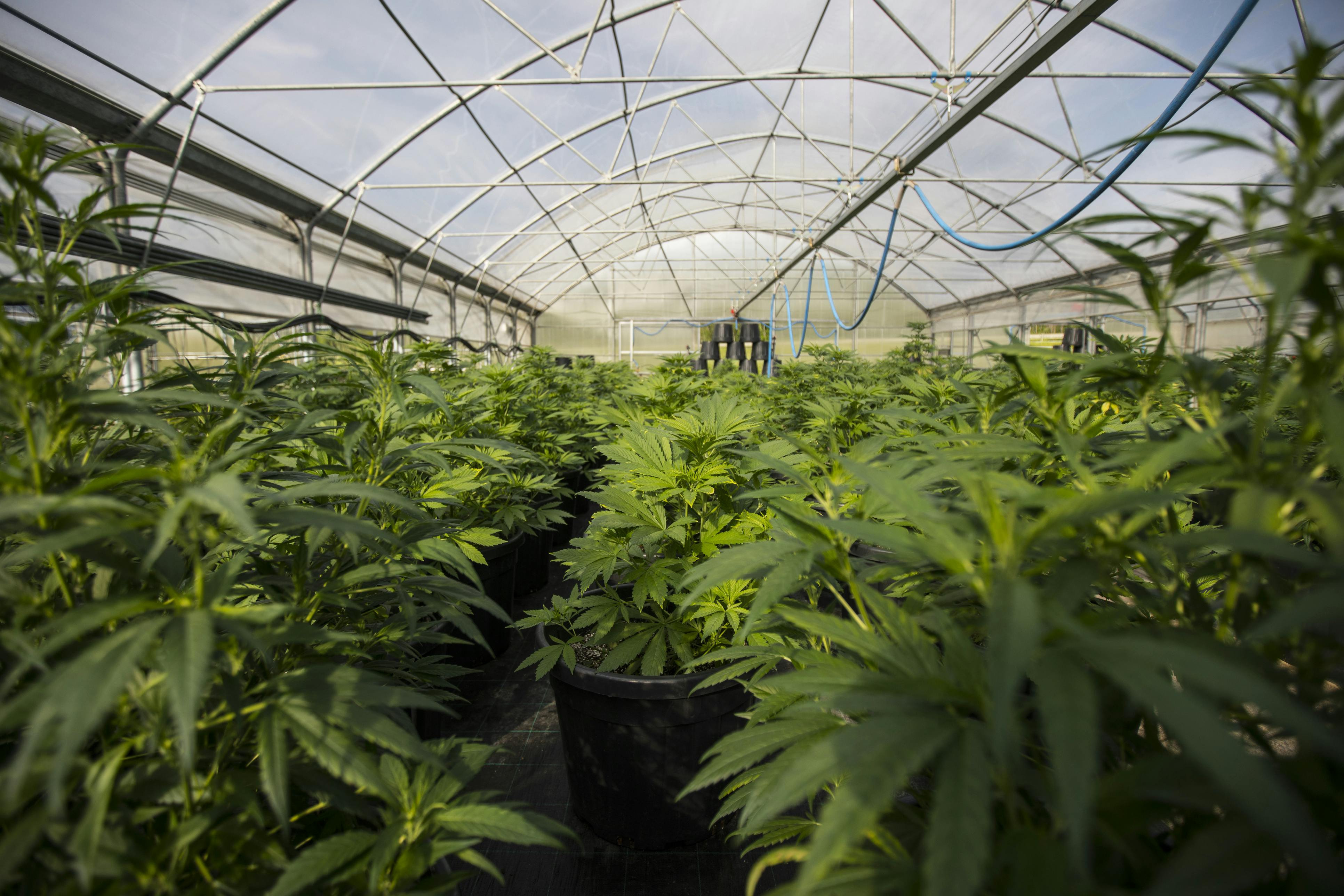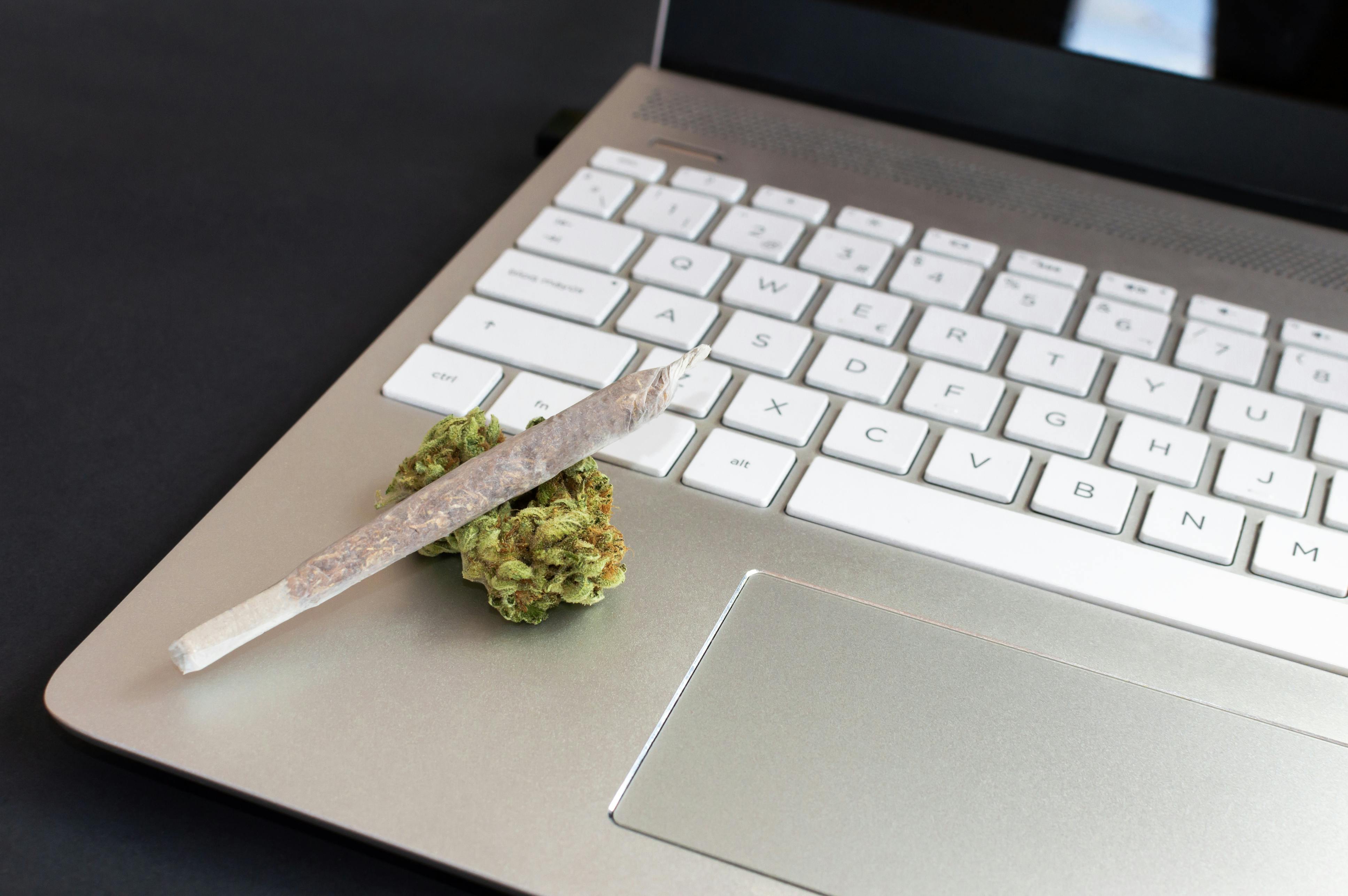
Cannabis 101: Key Cannabis Terms and Phrases
By Sasha AbramzonIt’s been established that cannabis PR is an essential tool for cannabis companies because of the limitations to how cannabis can be marketed and advertised to the public. For cannabis public relations strategy to be effective, it is critical to be able to communicate with your target audience and the cannabis media utilizing the correct language and terms, so no message is misinterpreted or lost.
However, because the cannabis industry is heavily regulated and lacking educational resources, it can be hard for those entering the landscape to learn certain cannabis terms and keywords. This Cannabis 101 guide will help identify and define key cannabis industry words and phrases.
The Cannabis PR Basics
Cannabis Terms
When talking about ‘the plant’ in the cannabis PR industry we say cannabis, not ‘marijuana’ due to the historical racial context surrounding the word and its roots. Cannabis is a genus of the Cannabaceae family, most known as the hemp plant or as a medicinal plant for THC. Fun fact: cannabis plants are often referred to as “she/her” because the female cannabis plants are the ones responsible for producing the beautiful flower buds in commercial production. Cannabis plants can also be strain specific. A strain is a particular variety of cannabis bred to present identified characteristics that relate to its lineage.
There are three different types of cannabis species.
- Sativa: Sativa plants are tall and skinny with large, pointed leaves. Sativas tend to have longer flowering time period and are known for their uplifting and euphoric side effects.
- Indica: Indica plants are short and dense with leaves that are small and broad. Indicas tend to have shorter flowering time periods and are known for their heavy body and soothing side effects.
- Ruderalis: Ruderalis is the ‘hemp’ plant. Hemp plants have low levels of THC and contain higher levels of CBD. Hemp has been a source for industrial material for centuries.
The cannabis plant contains dozens of cannabinoids. Cannabinoids are compounds found in the cannabis plant such as:
- THC, psychoactive compound
- CBD, non-psychoactive compound
- CBG
- CBN
Cannabinoids are the compounds that interact with our body’s endocannabinoid system. When these compounds interact with our CB1 and CB2 receptors, we can receive the desired side effects from the plant.
Terpenes are an extremely important component to the cannabis plant. Terpenes are organic chemicals found in cannabis that give your flower her unique aroma and subtle taste. Some very common terpenes are:
- Pinene: a spicy forest aroma also found in rosemary and sage.
- Myrcene: an earthy aroma also found in mangoes.
- Limonene: a citrusy aroma also found in lemons.
- Linalool: a subtle sweet aroma also found in ginger and nutmeg.
- Beta-caryophyllene: a spicy, musky aroma also found in cloves and black pepper.
On the cannabis flower bud, there are tiny crystal specks called trichomes. Trichomes are the gland heads that contain the plants medicinal factors; cannabinoids and terpenes. The phenomenon called the entourage effect claims that when the cannabis plant is consumed with all the multiple cannabinoids, terpenes, the components all work together with our body’s system to have the maximum effects.
There are many forms of the cannabis plant when it comes to consumption. You may consume the cannabis plant through:
- Dry Flowers: which are the dried, cured, and trimmed cannabis flower buds.
- Concentrate: which is the cannabis oil derived from the plant. They are many different types of cannabis concentrate which can be used to smoke, used in edibles, vape pens, topicals and tinctures. A well-known term for cannabis concentrates is ‘dabs’ and they come in several different shapes, sizes, and forms.
Cannabis Consumption
In order to receive the desired effects from the cannabis plant, the process of decarboxylation must occur. Decarboxylation is the action of activating the cannabis plant to interact and lock in with our cannabinoid receptors. The process that uses heat to convert THC-A into THC.
Dosage and ratios are a very important part of cannabis consumption. Dosing and ratios refer to the individualized number of cannabinoids within products ultimately allowing consumers to moderate usage.
Ways to consume:
- Smoking cannabis remains one of the most popular ways to consume. Although there are many ways to inhale cannabis, you can smoke cannabis flower via a rolled joint or blunt, through glass such as bong or bowl. There are devices that allow you to vaporize cannabis flower at safe temperatures. Cannabis concentrates can also be smoked in a rolled joint or blunt or bong/ bowl if mixed with flower. Cannabis concentrate can be smoked on its own through certain vape pens, glass rigs and new devices that electronically heat up the dab. Smoking cannabis has a quicker onset usually 5-10 minutes after inhalation.
- Oral digestion is another very common way to consume cannabis. You can consume via tincture, edible food or drink or a cannabis capsules. Oral ingestion has a slower onset rate usually 30-40 minutes after consumption.
- Sublingual consumption can include tablets, lozenges or liquid that needs to be held underneath the tongue. Sublingual ingestion has a quicker onset time than oral digestion and can take up to 15-20 minutes.
- Suppository Cannabis suppositories are round, cone-, or bullet-, shaped doses of medicine that are inserted into the rectum or vagina. Suppositories allow for the medicinal properties of the cannabis plant to be internally more localized and targeted. The onset time for a cannabis suppository is very quick and gets absorbed in the body almost immediately.
- Topicals are another way to consume cannabis. This is directly on top of the skin and can give relief and medicinal properties such as anti-inflammation and anti-bacterial properties.
Now, we’ll get into terms and definitions a cannabis PR professional needs to know
- Legacy Cannabis Market is made up of the individuals who have been a part of the cannabis industry before there were legalization efforts put into place.
- Adult use is the term to describe the legal cannabis that can be grown, purchased, and consumed by adults 21 and over. Adult use market refers to cannabis which is not for medicinal use.
- Medical market is the term to describe the legal cannabis that can be grown, purchased and consumed by adults 21 and over who have authorization from a doctor and the state for a qualifying condition. Medical cannabis patients are required to show proof of a medical card. Depending on the state, some medical cannabis laws allow for medicinal cannabis to be purchased by people under 21 years old if they have certain medical conditions.
- Illicit market is the term used to describe the illegal cannabis market. As a cannabis PR professional, in the industry we try to avoid saying black market. Illicit cannabis market refers to the unregulated sale of cannabis products and goods.
The different Cannabis Business Licenses
- Cultivation: Cultivation is the process of growing, cloning, harvesting, drying, curing, grading, and trimming of cannabis plants for sale.
- Processor: Processor refers to a licensee that extracts concentrated cannabis and/or compounds, blend, extract, infuse, package, label, brand and otherwise make or prepare cannabis and cannabis products.
- Cooperative: With this license you can cultivate, process, and sell cannabis to distributors and on-site consumption cites, but not directly to cannabis consumer. Cooperatives may not own a dispensary, microbusiness, or on-site Consumption site.
- Distributor: Distributor refers to any person who sells at wholesale any cannabis product, except medical cannabis.
- Retail Dispensary: With a retail license you can acquire, possess, sell, and deliver cannabis from the licensed premises of a retail dispensary to cannabis consumers. Retail Dispensaries may not own a cultivator, processor, microbusiness, cooperative, or distributor license
- Microbusiness: Microbusiness refers to a licensee that may act as a cannabis producer for the cultivation of cannabis, a cannabis processor, a cannabis distributor, and a cannabis retailer. For microbusiness licenses the size, scope, and eligibility criteria will be developed in a manner that promotes social and economic equity applicants
- Delivery: Delivery refers to the direct delivery of cannabis products by a retail licensee, microbusiness licensee, or delivery licensee to a cannabis consumer
- Nursery: Nursery refers to the process that produces only clones, immature plants, seeds, and other agricultural products used specifically for the planting, propagation, and cultivation of cannabis plants.
- On site consumption: On-site consumption refers to the consumption of cannabis in a licensed area.
More Regulatory Terms to Know as a Cannabis PR Professional
- MRTA is the Marijuana Regulation and Taxation Act. The MRTA legalizes the production, distribution, and use of cannabis in New York State. This bill removes cannabis and cannabis products from New York’s Controlled Substances Act and allows for the government to regulate cannabis.
- CAURD License: The Conditional Adult-Use Retail Dispensary (CAURD) license is the first retail dispensary license to be distributed for legal adult-use cannabis sales in New York State and will be awarded to businesses owned by justice-involved New Yorkers and close family members, setting a foundation for an equitable industry.
- CCB is the Cannabis Control Board that oversees the New York State OCM, the Office of Cannabis Management.
- MSO means multistate operator. These are national cannabis brands that have expanded business operations in multiple legal states.
- A Seed-to-Sale operation is an all-in-one system that tracks every stage of the cannabis supply chain, including growing, manufacturing, testing, distributing, and selling.
- Track and Trace is a system to track the movement of cannabis and cannabis products through the supply chain.
A key factor in being able to communicate with stakeholders, target audiences, industry peers and the media is being familiar with the basic Cannabis 101 jargon. Being able to apply these key industry terms and phrases effectively throughout your communications efforts whether it be pitches, decks, meetings or press releases is a simple starting point for activating an effective cannabis PR strategy.

